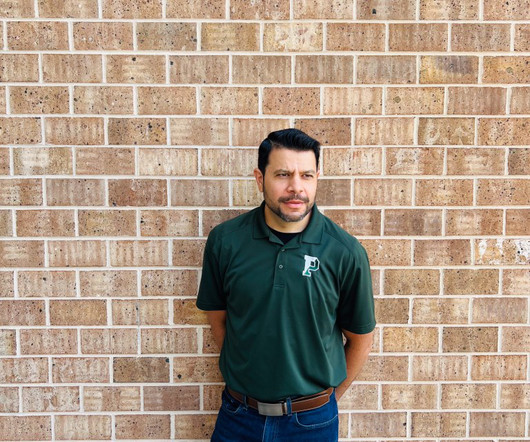One state is poised to teach media literacy starting in kindergarten
The Hechinger Report
DECEMBER 10, 2022
A 2019 report from the Stanford History Education Group found that high school students had “difficulty discerning fact from fiction online.”. After 40 years of teaching English to high school students in New Jersey, Olga Polites knows how critical media literacy education is in today’s digital age.














Let's personalize your content